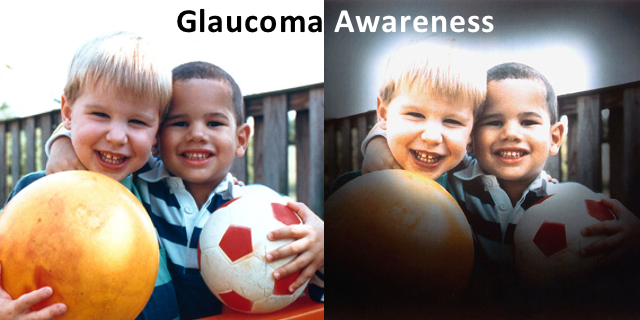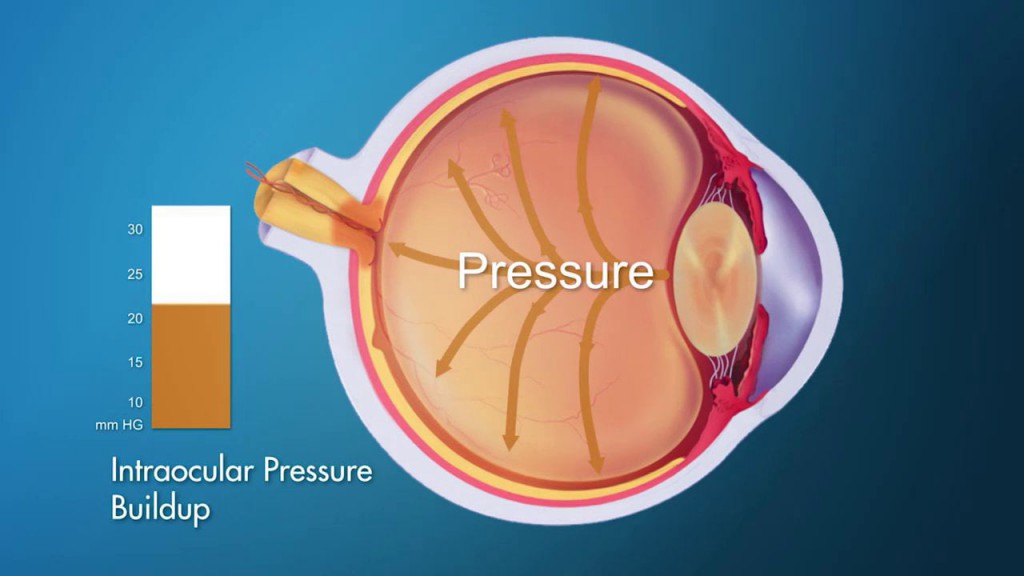 First published in 1962, Light A Single Candle tells the story of a 14-year-old who loses her sight to glaucoma. Written by Beverly Butler, who is herself blind, it is memorable in its descriptions of the losses that accompanied losing sight. A book written for the adolescent audience, it stayed with this reader decades after first reading.
First published in 1962, Light A Single Candle tells the story of a 14-year-old who loses her sight to glaucoma. Written by Beverly Butler, who is herself blind, it is memorable in its descriptions of the losses that accompanied losing sight. A book written for the adolescent audience, it stayed with this reader decades after first reading.
If you’ve been to an optometrist or ophthalmologist, it’s likely you have been tested for glaucoma. Glaucoma is a condition in which there is an imbalance in the normal flow of fluid, called aqueous humor, that is coming in and going out of the eye. There’s a tiny canal called the Schlemm’s canal and surrounding tissue called the Trabecular Meshwork that is responsible for the flow and balance of the fluid. The pressure that builds in the eye with increasing fluid can damage the optic nerve, the nerve that connects the eye to the brain. That damage results in irreversible sight loss.
Around 25% of new blindness is caused by glaucoma.
The key to preserving sight is early detection and early treatment.
Need for Awareness
Most people don’t realize that they need to be seeing an eye doctor on a regular basis. Why? Because we all have our own eye pressure and it changes over the course of the day. In fact, the first time you are tested, your eye doctor is getting a baseline that can be used to figure out a pressure range for you that can be compared over time.
Examination of the optic nerve is an essential part of the eye exam because of variations in eye pressure. Indeed half the people with glaucoma don’t have high eye pressure during their first examination.
Different Types of Glaucoma**
Open Angle
This is the most common form of glaucoma (85%) and it is caused by a reduction in efficiency of the Trabecular Meshwork in doing its job. Early on, you don’t notice a loss of vision. When blank spots do occur in your vision, that means that parts of your optic nerve have died.
Normal Tension
Some people actually have eye pressure that is at normal or below normal levels but nerve damage occurs. This is called normal tension glaucoma.
Closed Angle
If your iris is very close to the Schlemm’s canal and Trabecular Meshwork of your eye, it can actually stop the flow of fluid. When this happens, acute symptoms like sudden headache, sudden eye pain, vomiting and blurry vision can occur. It is a medical emergency and should be treated as such. Some over-the-counter decongestants can exacerbate an attack for people who are at risk of closed angle glaucoma.
Congenital
This is a rare form of glaucoma that occurs in infants and young children.
Secondary
Glaucoma can occur as part of another eye disease or after long-term use of steroids.
Suspect
There are people who have the signs of changes in their optic nerve, or in their peripheral vision but do not have increased eye pressure. Other people with high eye pressure, called ocular hypertension. People with these conditions need to be watched by an eye doctor.
Risk Factors
Glaucoma steals sight gradually, most people aren’t aware they even have it. But there are risk factors for the disorder. These include:
Age: If you are over 40
Injury: If you have had eye injury in the past
Ethnicity: Hispanics and African Americans,
Asians are more at risk for Angle closure glaucoma, Japanese for Low tension glaucoma
Eye Pressure: High pressure or low pressure
Sightedness: Near or far sighted
Chronic Conditions: Diabetes, migraines, high blood pressure and poor blood circulation are a few of the chronic conditions that make people susceptible to glaucoma
Treatment
 Damage to the optic nerve cannot be reversed. Medications and surgery are two treatments for glaucoma in the early stages. These treatments prevent further damage to the optic nerve.
Damage to the optic nerve cannot be reversed. Medications and surgery are two treatments for glaucoma in the early stages. These treatments prevent further damage to the optic nerve.
The Bottom Line
On a personal note, I didn’t realize the importance of regular eye exams specifically to check my eye pressure and my retina for signs of glaucoma. Looks like I need to make this a part of my preventive care. Thank goodness for Awareness Months!






